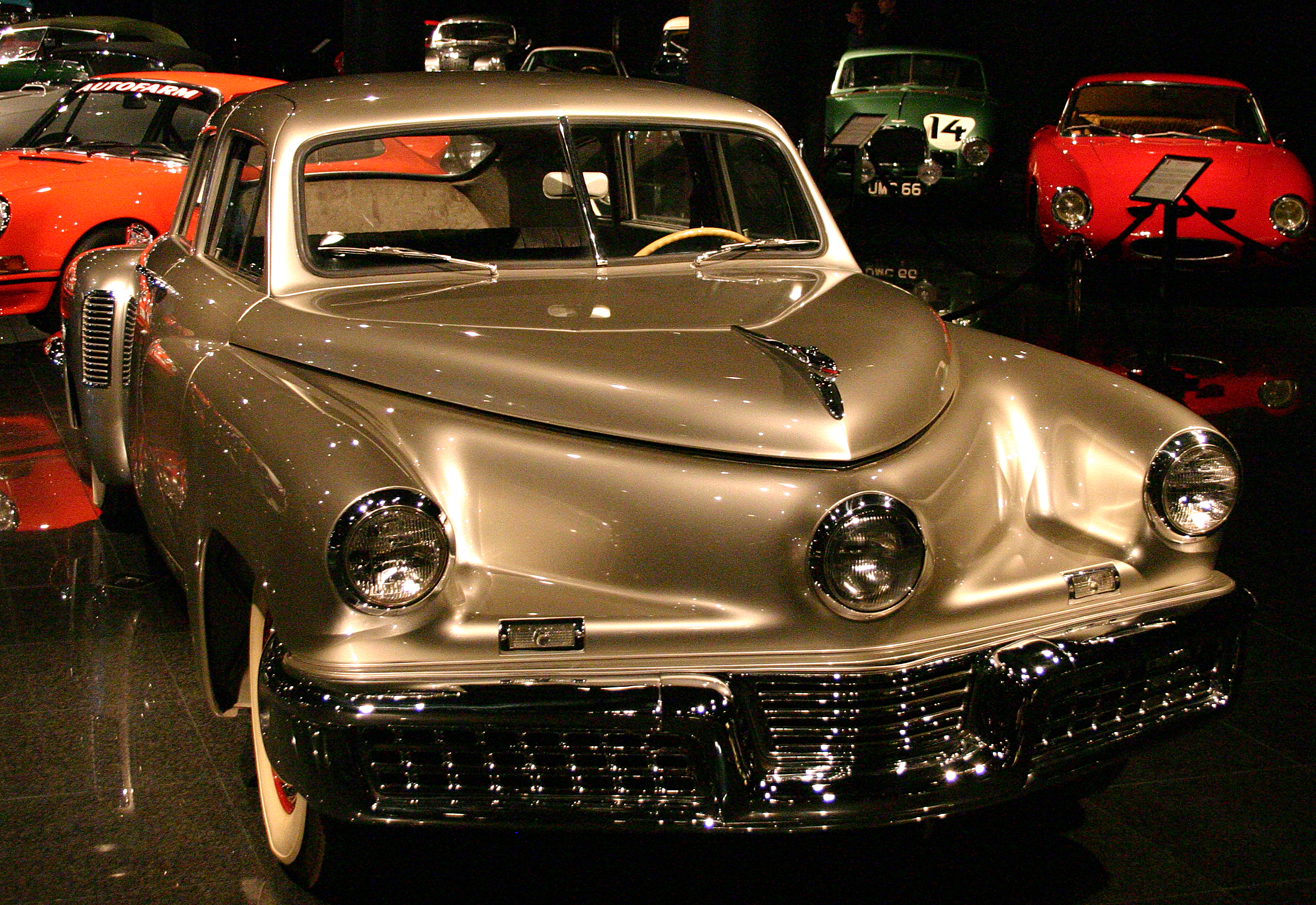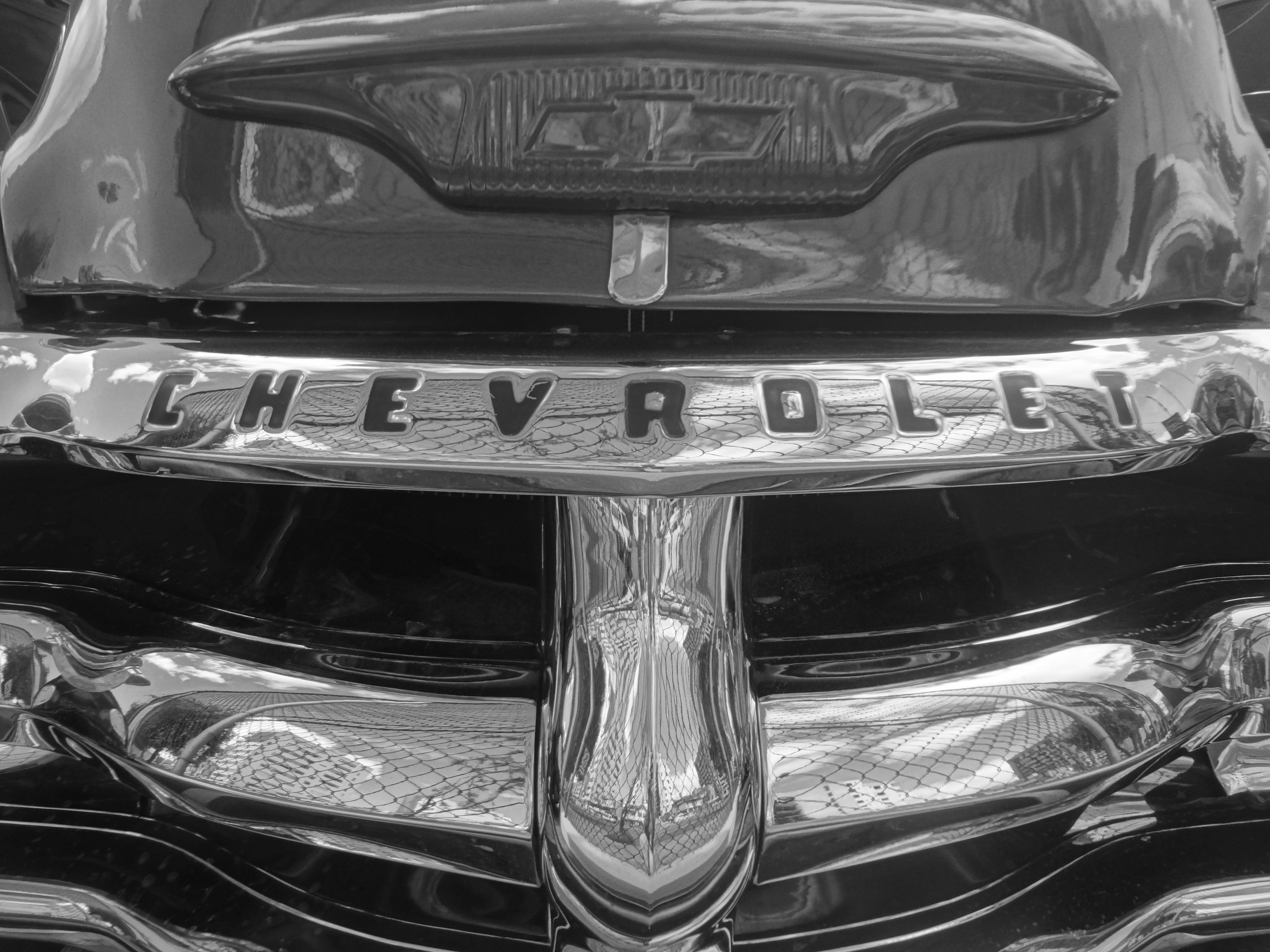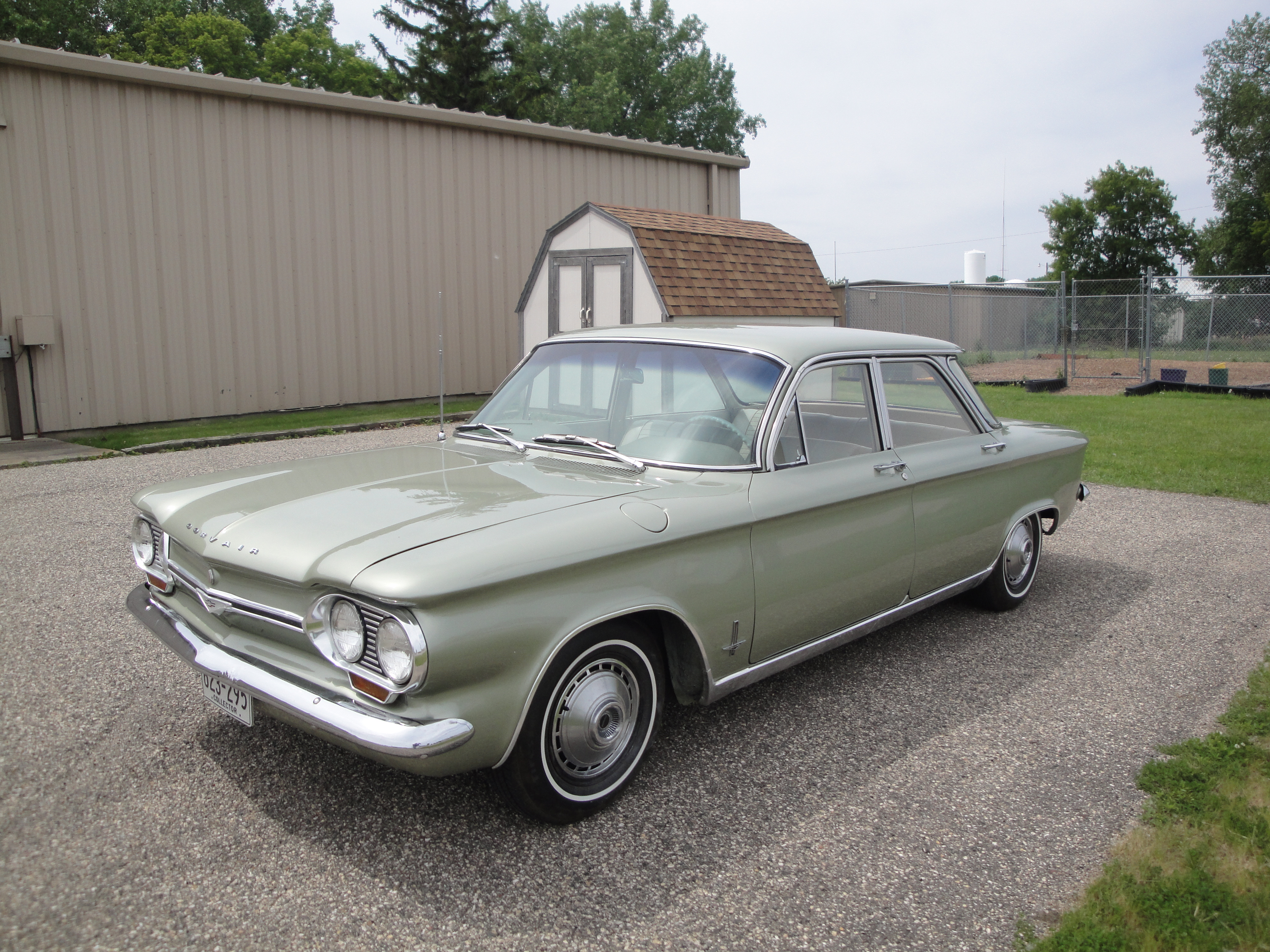The Biggest Scandals in Automotive History
Scandals occur in almost any industry, and the auto market is no exception. The infamy of these deceptions ruined reputations and dismantled companies; some saw market shares plummet and decades to rebuild. From deceptive cover-ups to blame games and corporate hostility, here are some of the most egregious abuses of consumer trust from the companies we rely on to get us from A to B safely.
Volkswagen’s ‘Dieselgate’

As one of the most recent scandals on this list, it amazes me that car companies still try to hide their shady dealings. Volkswagen famously had been installing what essentially amounted to a test mode in their vehicles so when they were tested, they met emissions standards. When driven on the road, however, the car would not be in test mode. Some cars were putting out over forty times the legal limit of nitrogen oxide pollutants. The scandal affected eleven million vehicles worldwide, half a million coming from the U.S.
At least VW was held to account for their actions, unlike the culprit in our next slide.
The Tucker 48 'Scam'

Back in 1948, American car manufacturers were still stuck in prewar designs. Preston Tucker decided to change up the auto landscape and presented the world with the Tucker ‘48. His futuristic sedan design featured a flat six rear-mounted engine, independent suspension on all corners, a padded dash and seatbelts. To finance his new company, Tucker solicited parts and options for the vehicles before they were ever produced. As marketing ramped up for the 48, the design changed several times, and before long, Tucker and his company’s top tier was being indicted for mail fraud, conspiracy to defraud and failure to follow SEC rules. The SEC believed that Tucker had no intentions of selling any vehicles. In 1950 all charges were acquitted, but the company’s reputation was irreparably damaged and soon was shut down. Conspiracy theorists have put forward that the Big Three feared competition from an innovative rival and pushed for the investigation.
If that were true, it wouldn’t be the only time the Detroit Trio found themselves in a scandal. Read on to find out more.
The Chevrolet Ascending Engine

In 1971, Chevrolet recalled 6.68 million cars across its various full-sized lineups from 1965 to 1970 for pretty much the scariest possible failure of a vehicle. The left engine mount was prone to breaking, which would allow the engine to climb upwards, pulling open the accelerator linkage, which would cause the engine to rise more. At a certain point, the rising engine would also pull the power brake booster vacuum hose loose, meaning the brakes became far less efficient. So, essentially, the car would lock its throttle open and disengage the braking system while the driver held on for dear life. On over 95% of the vehicles recalled, GM decided it was easier - i.e., cheaper - to install a cable system to hold the motor if the mount broke, instead of replacing the defective parts.
Our next controversy forced an overhaul of safety regulations back in the '60s.
Chevrolet Corvair vs. Ralph Nader

Back in 1965, Ralph Nader made waves in the auto industry with his controversial book, Unsafe at Any Speed. The book was a dissection of car makers’ refusal to adopt safety systems into their vehicles and aimed at the American car makers of the day. The first chapter dealt almost exclusively with the rear-engined Corvair and its semi-independent, swing-axle design, which Nader pointed to as a symptom of the industry’s focus on performance over safety. The book would go on to change the safety standards of vehicles going forward, but not without destroying the reputation of the Corvair first, however.
Our next slide is a more modern spotlight moment for Chevrolet.
But, as we’ll see in our next slide, GM isn’t the only one guilty of neglecting consumer safety.
The Ford Pinto recall

The Pinto was Ford’s attempt at reclaiming the economy market from cheaper import competitors. But in their haste to provide a cheap domestic runabout, Ford willfully ignored a glaring design flaw. The rear-mounted fuel tank had a habit of shifting forward and impaling itself on a bolt during rear-end collisions or being outright crushed between the bumper and the rear cross beam of the frame, releasing the gas onto the accident scene. Ford knew about the problem and the fire hazard posed by the design of their 71 through 76 Pinto models, though the cost of an $11 fix per car was too much overhead for Ford, so they let it go. Eventually, after meetings and an investigation, the National Highway Traffic Safety Administration forced Ford to recall the affected Pinto models as well as the 1975 and ‘76 model Mercury Bobcats.
It isn’t only car manufacturers that eschew safety, however, as we’ll see next.
Takata airbags

Airbags have been staples of car safety since the early ‘90s, so it is concerning that airbag manufacturer Takata recalled 37 million vehicles from across the 2001 to 2015 model years because the inflators were malfunctioning. The inflation devices have been shown to ignite with explosive results, and should the inflator housing be ruptured; the safety device could turn into a claymore and send metal shrapnel throughout the interior. The recall isn’t isolated to a single manufacturer either, as 19 manufacturers have issued recall notices. Environmental moisture, heat, and age are all being attributed as causes of the recall that affects, and priority has been given to vehicles from higher risk areas. While the NHTSA issued the initial recall in November of 2014, it took Takata nearly six months to acknowledge the flaw and issue their recall. To make matters worse, almost half a million vehicles that were repaired during the initial recall were recalled again, as the replacements were prone to the same fatal issue.
Our next scandal had explosive repercussions as well.







